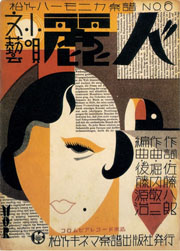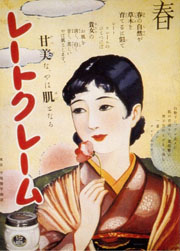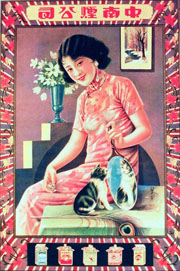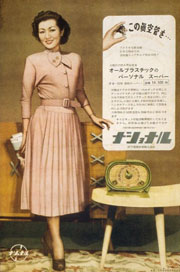Eugene Wang If the currency design serves as an ideological barometer, the first reminbi (People’s Currency) issued at the founding of PRC in 1949 came as a surprise. Of the sixty-two designs comprising the first set of reminbi, only two of them feature worker-and-peasant bust-portraits. For the socialist discourse that glorifies the worker-and-peasant duo as […]
-
Abstracts
- The Prices of Antiques in the Late Qing Market
- Building Leisure out of National Trauma: Tourism and Consumption along the Korean Demilitarized Zone
- Money, Networking, and Leisure: Selling Japanese Books in Shanghai, 1880-1911
- Tourism and Consumer Citizenship in Contemporary China
- The Unexpected End of a Success Story: Opium 1800-1906
- Leisure and Consumption in Java’s Middle Class
- On the Cleanliness of Money. The Public Posture of the Shenbao Publishing House in Shanghai, 1872-1890
- The Worker-and-Peasant Duo as Currency of Images: Socialist Subjectivity and Post-Socialist Mediality
- Leisure, Ritual and Choice in Modern Chinese Societies
- The Price of Perfection in the Japanese Cafe
- Private Mansion as Public stage: Money and Stardom
-







